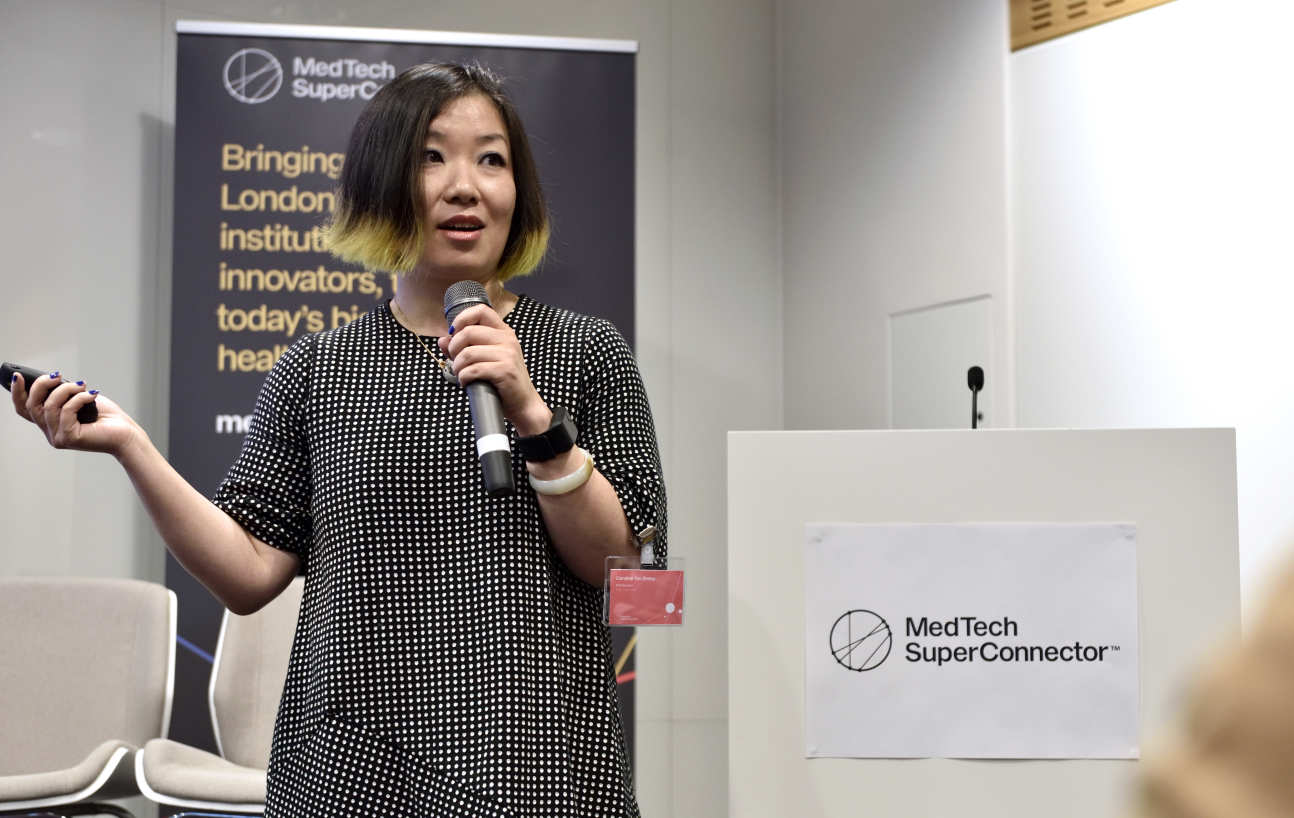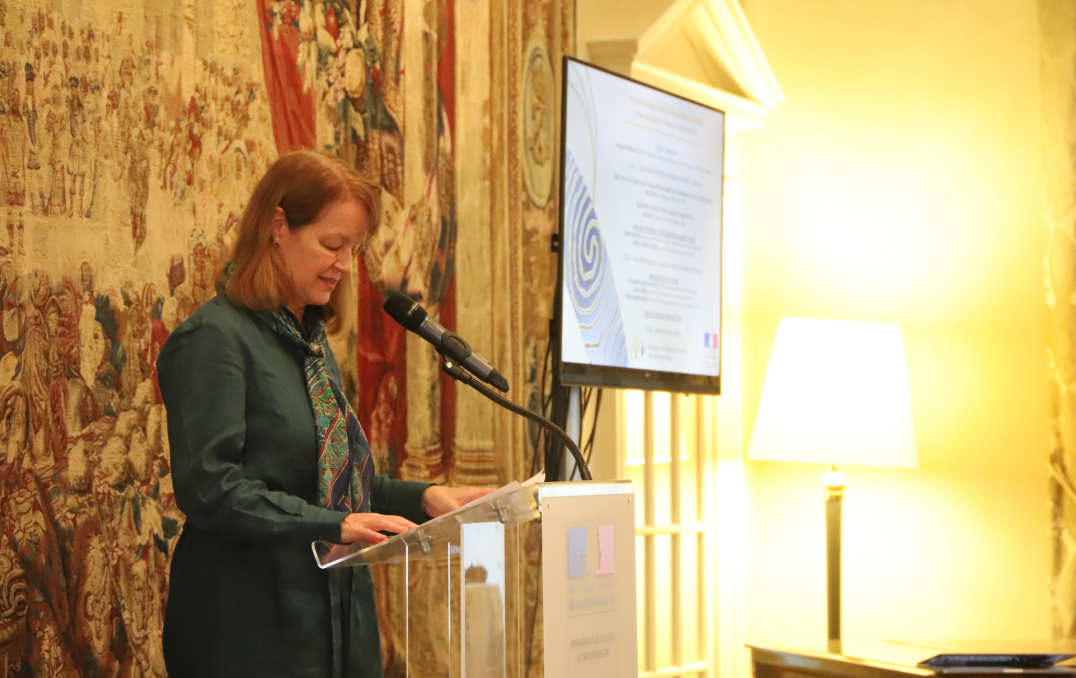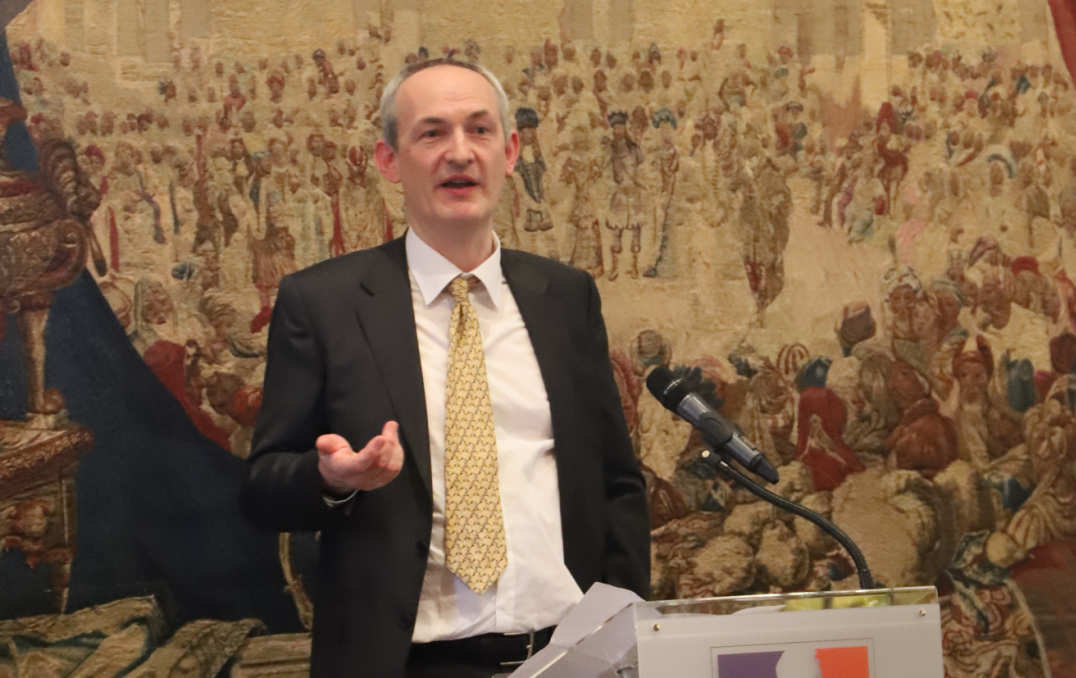Here’s a batch of fresh news and announcements from across Imperial.
From the first footage of lung structures forming, to a study of the viral impacts of self-flagellation, here is some quick-read news from across the College.
Biological blockbuster
A new method for imaging slices of lung tissue may have scientists reaching for the popcorn.
NHLI researchers have for the first time managed to capture video of tiny air sacs, called alveoli, forming in the lungs. The work, led by Dr Charlotte Dean collaborating with the Facility for Imaging by Light Microscopy, used tissue from mice to develop the technique, which images living cells in real time.
In one video (see above), they capture epithelial cells (green) moving to split one alveoli into two – a key process in the developing lung.
The team says their new method will enable them “to conduct research on how alveoli form and to test potential treatments to repair damaged alveoli”.
Read more in their Nature Communications paper.
Inquiry success on diversity

Imperial academics have successfully joined forces with others across the UK to push for a parliamentary inquiry into the impact of science funding policy on equality, diversity, inclusion and accessibility.
Two-hundred-and-three scientists, technologists, engineers, and mathematicians/medics, including 17 from Imperial, submitted evidence as part of the #MyScienceInquiry launched by the House of Commons Science and Technology Committee. It was one of four accepted.
Dr Ben Britton (above right), a senior lecturer in the Department of Materials, said: “Opening this inquiry will enable us all to explore how best to grow a sustainable research culture, support the development of individual researchers and enable us to further our mission to improve equality, diversity, inclusion and accessibility across our research and teaching.”
Professor Rachel Oliver, from Cambridge, who led the proposal, said: “The success of our pitch just shows how powerful diverse teams can be.”
French connection
President Gast and Imperial academics spoke at a reception to celebrate the 80th anniversary of the French National Centre for Scientific Research (CNRS).
The event, hosted by the French Ambassador to the UK, brought together British academic and institutional partners, and French manufacturers in the UK.
President Gast and Professor Richard Craster highlighted the progress being made at the joint mathematics laboratory – UMI Abraham de Moivre. President Gast said: “No matter the political challenges we face we will always maintain these collaborations and won’t allow politics to hinder our collaborations.”
The French Ambassador to the United Kingdom, His Excellency Jean-Pierre Jouyet, said: “The CNRS and Imperial College London are global leaders in the field of mathematics, and the UMI Abraham de Moivre will provide a window to reach out to the UK mathematical community at large, via the connections and partnerships established by Imperial College London.”
Read the full Embassy of France in London news story.
Medtech innovators
 An Imperial-led project to rapidly translate new medical technologies into clinical solutions celebrated the successes of its first cohort this month.
An Imperial-led project to rapidly translate new medical technologies into clinical solutions celebrated the successes of its first cohort this month.
The MedTech SuperConnector (MTSC) challenges early-career researchers and postgraduates from Imperial and partner institutions to turn their discoveries into new diagnostic tools, medical devices and digital healthcare solutions.
Supported by a £5m grant from Research England, the programme provides participants with funding, specialist training and mentoring to help them get their ventures closer to market.
Imperial projects include a robotic liner to improve the experience of using prosthetic limbs, an AI platform for assessing musculoskeletal disorders, paper sensors that can detect sepsis in hospital patients, and a way of controlling robotic limbs using muscle vibrations.
The MTSC Showcase brought together academics, partners and industry representatives at the Francis Crick Institute to celebrate the achievements of the first cohort and the progress of their ventures.
Religious experience goes viral
 Ritualistic bloodletting linked to religious beliefs may be helping a cancer-causing virus to spread.
Ritualistic bloodletting linked to religious beliefs may be helping a cancer-causing virus to spread.
The virus, called HTLV1, is spread by breast milk, blood and sexual contact. It is often harmless but in some cases can lead to a form of leukaemia. In a recent study, Imperial researchers identified 10 men in the UK with HTLV1, but who had none of the typical risk factors.
When examined, all 10 were found to have practiced cutting for religious reasons, in which they may have share blades with HTLV1 carriers.
According to the team at St Mary’s Hospital, led by Imperial’s Graham Taylor, the work identifies a new risk factor for HTLV1 transmission and will help to advise at risk patients to switch to safer practices.
–
Want to be kept up to date on news at Imperial?
Sign up for our free quick-read daily e-newsletter, Imperial Today.

Article text (excluding photos or graphics) © Imperial College London.
Photos and graphics subject to third party copyright used with permission or © Imperial College London.
Reporters
Andrew Youngson
Communications Division
Ryan O'Hare
Communications Division

Contact details
Tel: +44 (0)20 7594 2410
Email: r.ohare@imperial.ac.uk
Show all stories by this author
Stephen Johns
Communications Division

Contact details
Tel: +44 (0)20 7594 9531
Email: s.johns@imperial.ac.uk
Show all stories by this author
Deborah Evanson
Communications Division

Contact details
Tel: +44 (0)20 7594 3921
Email: d.evanson@imperial.ac.uk
Show all stories by this author
Hannah MacLachlan
Communications and Public Affairs

Contact details
Email: press.office@imperial.ac.uk
Show all stories by this author






Leave a comment
Your comment may be published, displaying your name as you provide it, unless you request otherwise. Your contact details will never be published.